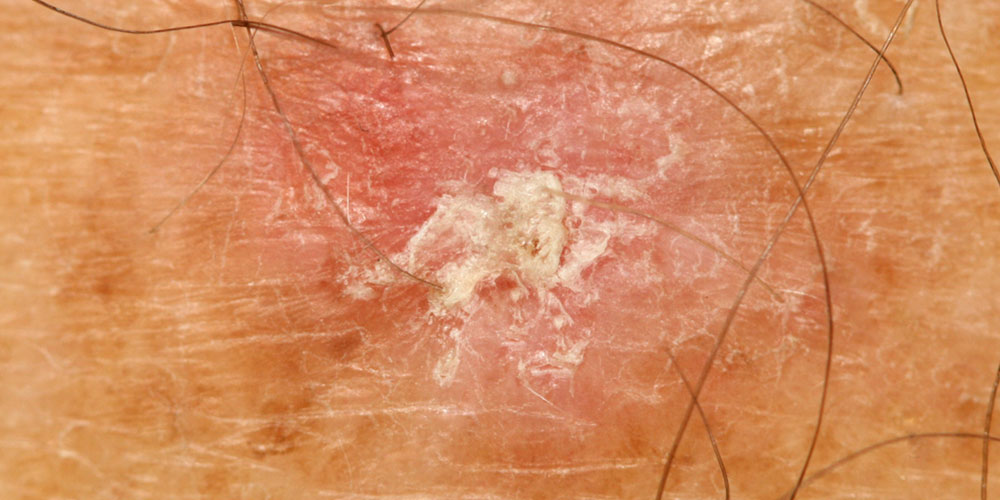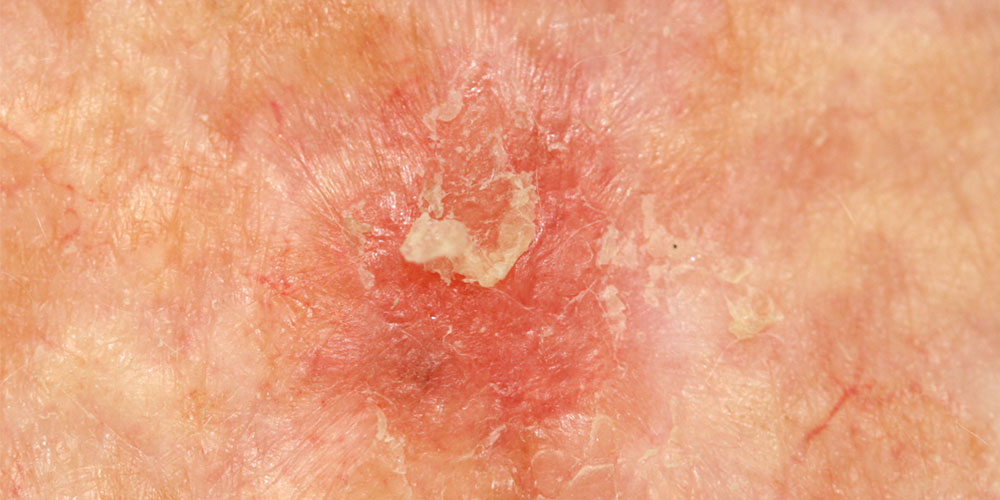Can Actinic Keratosis turn into Cancer?
The short answer? Yes.

This skin condition, also known as solar keratosis, is often displayed as a rough scaly patch on the skin that is caused by years of sun exposure. Aside from its concerning appearance that resembles the look of warts, actinic keratosis is actually classified as a precancer.
When diagnosed quickly, all actinic keratoses can be removed with success. If left untreated, it is possible that this condition can develop into a type of skin cancer called squamous cell carcinoma.
What are the main causes of actinic keratosis?
- Long-term sun exposure
- Sun damage especially to those with fair skin
- Prolonged exposure to artificial UV sources, in most cases, indoor tanning
- Poor immune function due to aging
- Predisposing disease
- Immunosuppression drugs
What does Actinic Keratosis look like?

Treatment for Actinic Keratosis
If you spot these types of lesions, it's best to get it checked out by a dermatologist.
Our board-certified dermatologist, Dr. Monica McCrary, has the expertise to diagnose the affected areas and predict the growth of the diseased cells. Treatment for actinic keratosis ranges from topical to surgical removal or combination therapy. In addition to ongoing treatment, Dr. McCray can build a plan with you for future prevention.
Call us today at (830) 971-5256 or request an appointment online.
